Installing a home lift is an investment that can significantly enhance your home’s accessibility, comfort, and convenience, especially in multi-story homes or for elderly family members. However, while the initial cost of purchasing and installing a lift might seem straightforward, there are several hidden costs that many homeowners fail to anticipate. These costs can add up quickly, making the overall project more expensive than initially expected.
In this blog, we will explore the hidden costs associated with installing a home lift in Malaysia. By understanding these additional expenses, you can better prepare your budget and ensure that you make an informed decision when choosing the right lift system for your home.
1. Design and Customization Costs
One of the first factors that can drive up the cost of installing a home lift is the level of customization you choose. While many lift suppliers offer standard models, many homeowners want to personalize their lifts to fit the aesthetics or functional needs of their home. Customization options can include:
- Interior design: Custom flooring, walls, lighting, and finishes to match the decor of your home.
- Size and capacity: Larger lifts or those with higher weight capacities might require more powerful motors or more extensive structural changes.
- Access and features: Features such as wheelchair access, larger doors, advanced control panels, or smart technology can add to the overall cost.
While these customizations improve the look and functionality of your lift, they come with an added cost. The more personalized your lift, the higher the price. If you’re on a budget, it’s important to weigh the need for customization against the overall functionality of the lift.
2. Structural Modifications to Your Home
Installing a home lift often requires more than just placing the unit in an existing space. In many cases, structural modifications must be made to accommodate the lift system. These modifications can be significant and include:
- Shaft construction: A lift requires a dedicated shaft to house the lift mechanism. If your home wasn’t originally designed to accommodate a lift, you may need to build a new shaft or modify an existing one. This can involve cutting through floors, walls, or ceilings and reinforcing the structure to ensure it can bear the weight of the lift.
- Reinforced floors and ceilings: Depending on the type of lift, the floors and ceilings around the installation area may need to be reinforced to support the additional load. This is particularly true for hydraulic lifts or large passenger lifts.
- Electrical and plumbing work: Lifts often require specific electrical and plumbing systems to function correctly. This might involve adding new electrical wiring, circuit breakers, or plumbing for hydraulic lifts. These additional works can increase both the complexity and cost of the installation.
- Access points and doors: New or wider door openings may need to be created, which can involve significant construction work.
Structural modifications can account for a large portion of the total installation cost, especially if your home was not initially built with the possibility of installing a lift in mind. It’s essential to get an accurate assessment of what modifications are required before proceeding with the project.
3. Permit and Regulatory Fees
In Malaysia, installing a home lift is not as simple as just buying and installing one. There are various regulatory requirements and permits that need to be obtained before installation can begin. These include:
- Building permits: You may need a permit from your local municipal council or building authority. The regulations will depend on the type of lift, the size of your home, and where the lift is being installed.
- Approval from the Department of Safety and Health (DOSH): All lifts in Malaysia must meet safety standards set by the Jabatan Keselamatan dan Kesihatan Pekerjaan (DOSH). This ensures that your lift is safe to use and complies with local building codes.
- Inspection fees: After the installation, the lift will likely need to be inspected by local authorities or independent inspectors to ensure that it meets all safety regulations. These inspections may come with additional fees, especially if any issues arise during the process.
While these fees are necessary for ensuring safety and regulatory compliance, they can add up, especially if the lift installation requires multiple inspections or permits. Be sure to factor these costs into your overall budget.
4. Ongoing Maintenance and Service Costs
Once your home lift is installed, ongoing maintenance is essential to keep it in good working condition. Most lift suppliers will offer a warranty, but the cost of servicing and maintaining the lift over time is a separate consideration. Maintenance costs can include:
- Routine servicing: Lifts require regular maintenance to ensure that they are operating smoothly and safely. This includes inspecting and lubricating the moving parts, checking the electrical systems, and ensuring that safety features like door sensors and emergency brakes are functioning properly. Most suppliers offer service packages, but these can cost between RM 300 to RM 600 per service visit, depending on the type of lift.
- Parts replacement: Over time, lift components such as cables, motors, and sensors may need to be replaced. Replacement parts can be expensive, especially for high-end lifts or models with advanced features.
- Repairs: Like any mechanical system, a lift can break down. Repairing a lift can be costly, particularly if it requires specialized parts or labor. Depending on the problem, repairs can range from RM 500 to several thousand ringgit.
To minimize these costs, it’s a good idea to choose a supplier who offers a comprehensive maintenance contract. However, even with a service contract, you’ll still need to plan for these ongoing maintenance and repair expenses.
5. Energy Costs
Another often-overlooked cost is the energy consumption of the lift. While modern home lifts are designed to be energy-efficient, they still require power to operate. The energy costs can depend on several factors, including:
- Type of lift: Hydraulic lifts, for example, can consume more energy than traction lifts, especially if they are used frequently.
- Usage frequency: The more often the lift is used, the higher the electricity costs. However, if the lift is only used occasionally, the energy costs may be relatively low.
- Energy-efficient features: Some lifts come equipped with energy-saving features, such as standby modes or regenerative drives, which can reduce electricity consumption.
Be sure to ask the lift supplier for information about the energy consumption of their systems and whether there are any features that can help reduce energy usage. While the energy costs may seem small at first, over time, they can add up, especially if the lift is used frequently.
6. Insurance Costs
Lifts are considered high-value installations, and as such, you may need to update your home insurance to cover any potential damage or liability associated with the lift. This could include:
- Lift damage: If the lift were to malfunction or break down, your insurance may need to cover the repair or replacement costs.
- Liability: If someone were to be injured while using the lift, you may need to have liability coverage to protect yourself from potential lawsuits.
Be sure to check with your insurance provider to see how installing a lift will affect your premiums. In some cases, the cost of insurance may increase, depending on the type of lift and the level of coverage required.
Conclusion
While the upfront cost of purchasing and installing a home lift in Malaysia can be substantial, it’s important to factor in the hidden costs that come with the project. From customization and structural modifications to ongoing maintenance, energy consumption, and insurance, these additional expenses can significantly impact your budget. By planning for these hidden costs and working closely with a reputable supplier, you can ensure that your home lift installation is not only a functional investment but also a financially manageable one in the long term. Always make sure to ask for a detailed breakdown of all potential costs before proceeding with the purchase, so there are no surprises down the line.

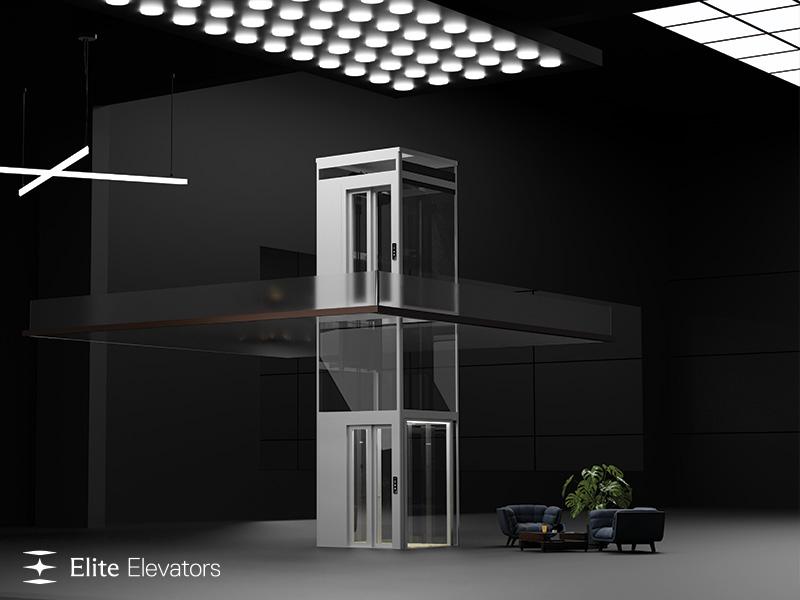
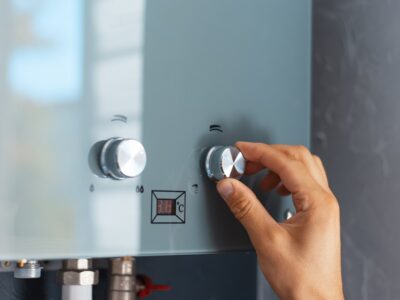

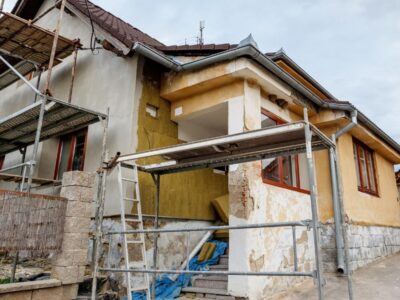
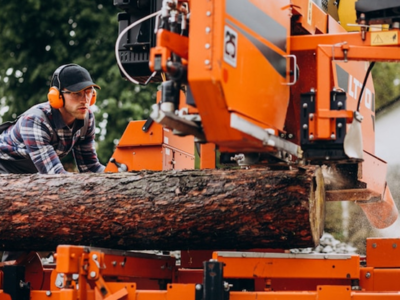
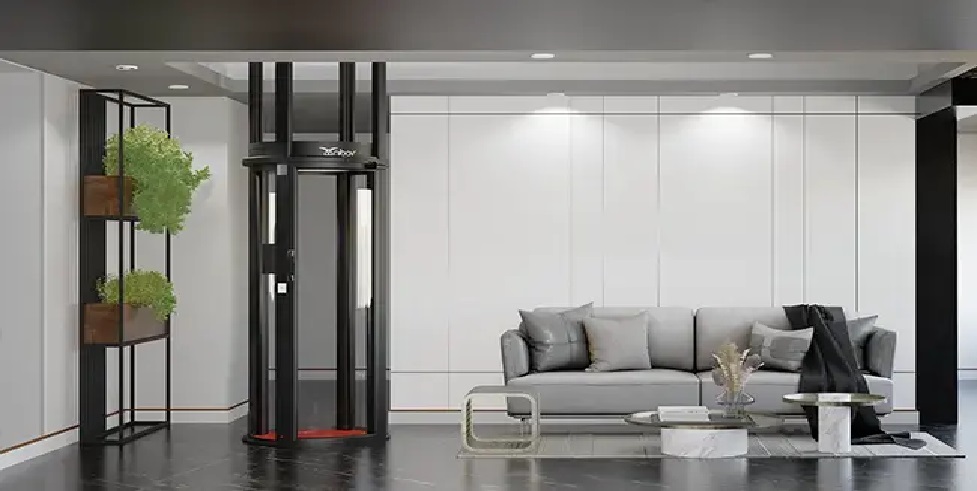
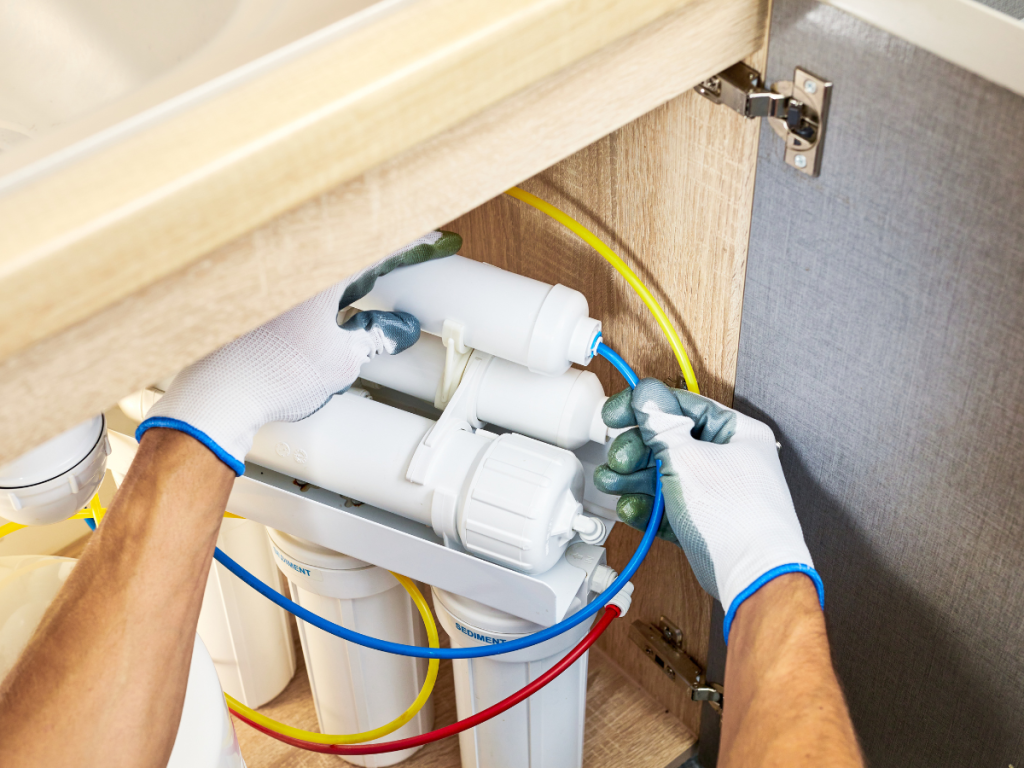
Comments